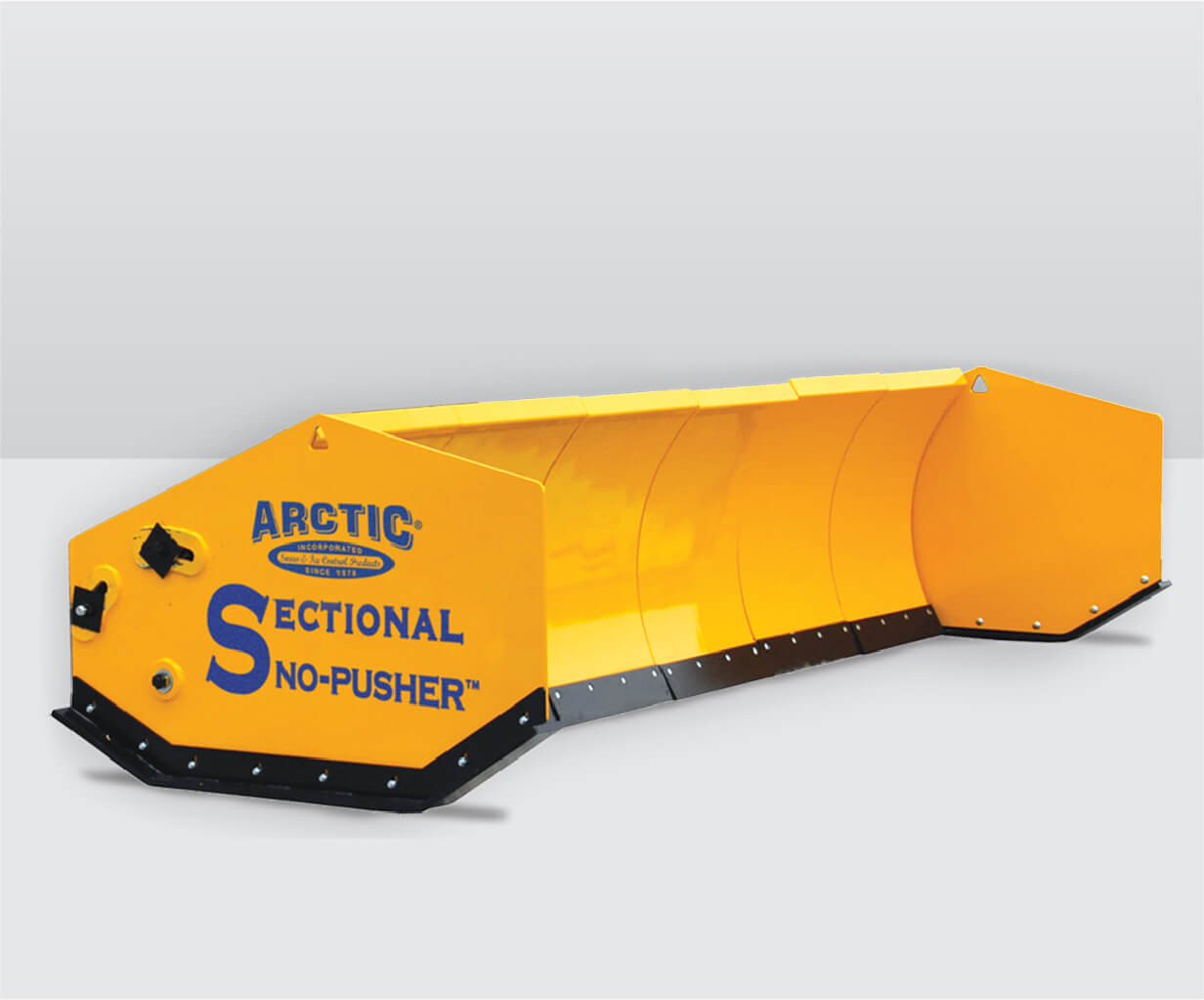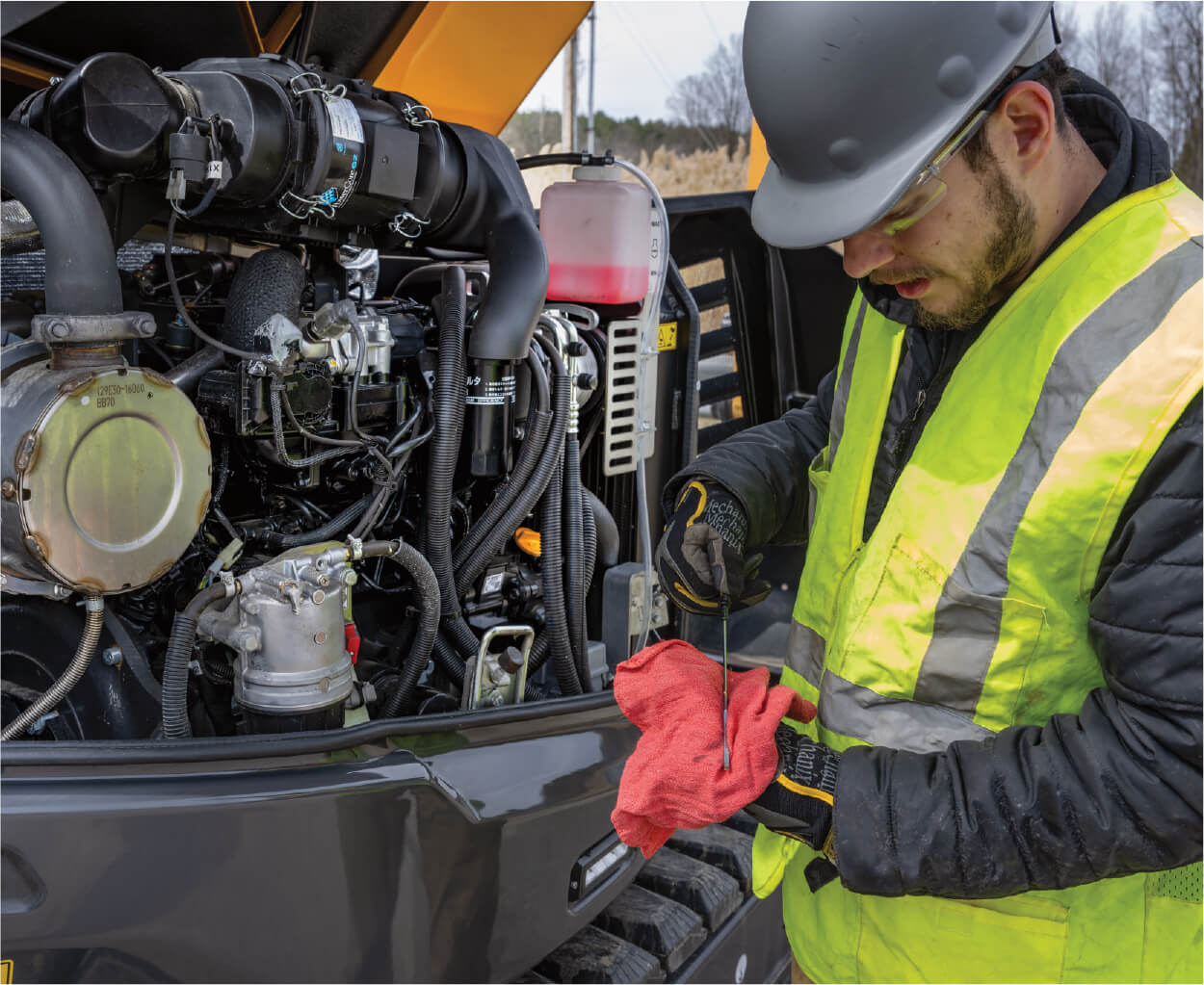

SEPTEMBER PARTS AND SERVICE SPECIALS
September Parts Special
We’re offering 10% OFF all snow pusher replacement parts for orders over $500.
September Pre-Snow Season Special
Take advantage of a FREE machine inspection plus 15% OFF recommended repairs.
Hurry! Offers end 9/30/25
To receive these discounts, mention this ad at time of purchase. Required services may vary by manufacturer.